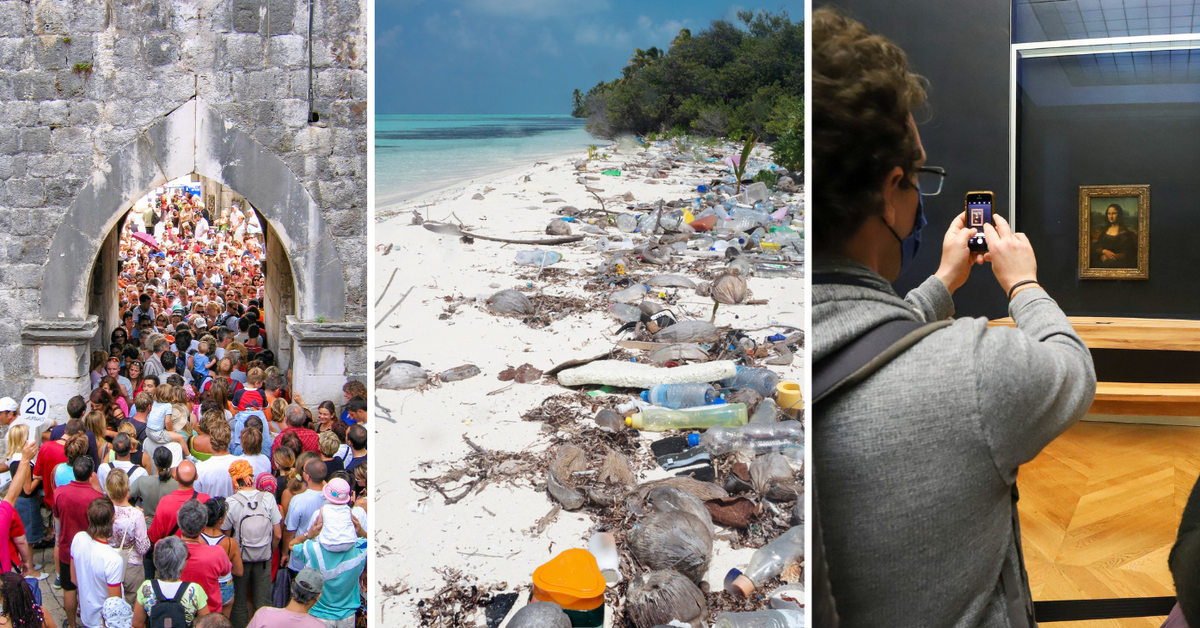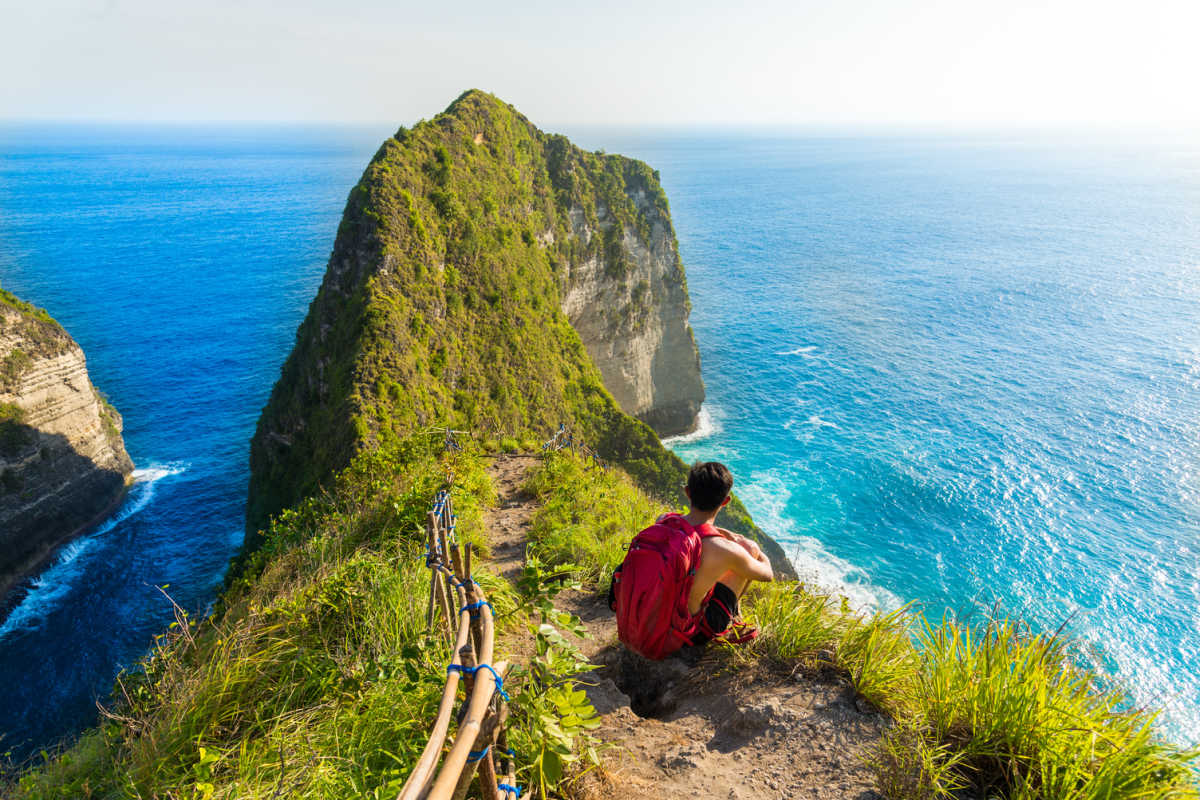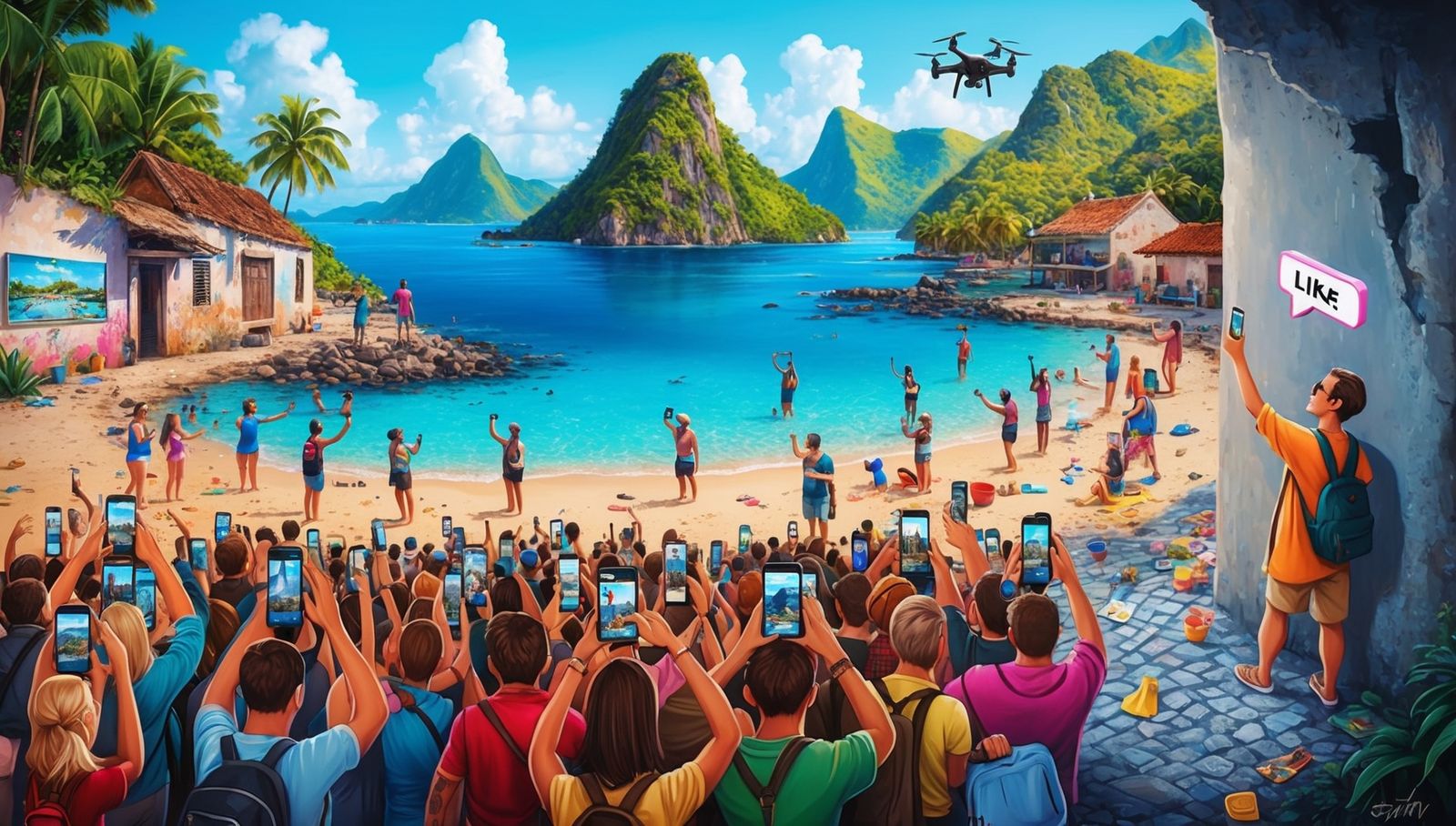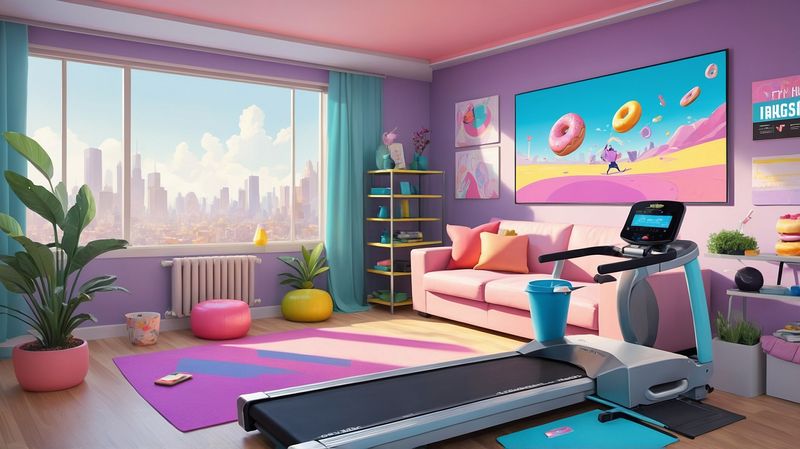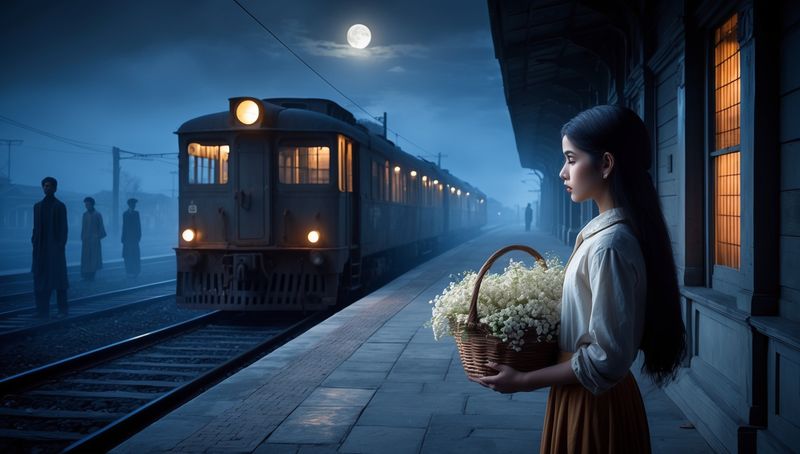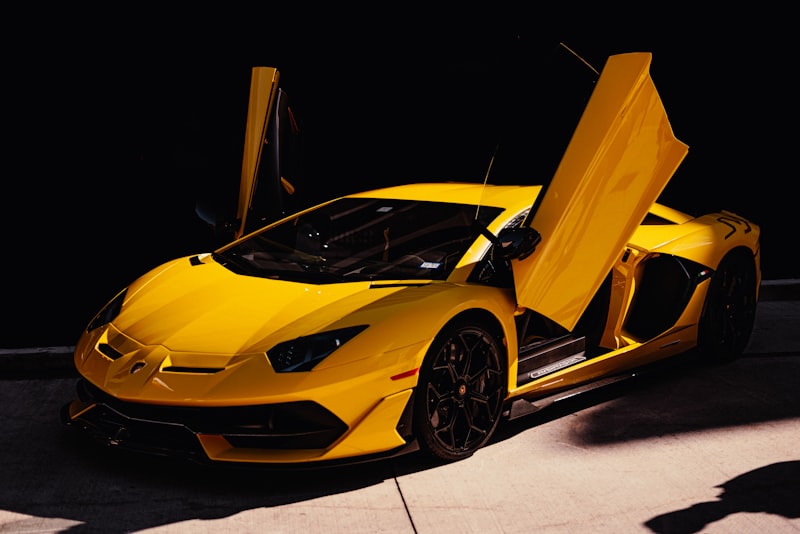Instagram is quietly turning us into terrible tourists, transforming travel from a meaningful experience into a hollow pursuit of social media validation.
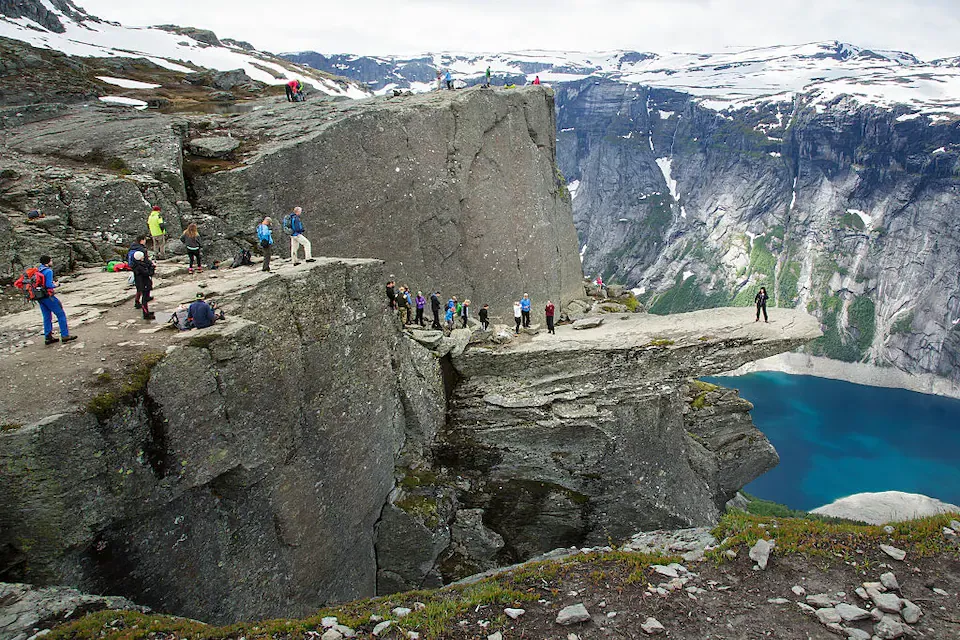
Instagram has managed to worm its way into almost every facet of modern life, including how we travel. And if you think it's just about sharing pretty pictures of sunsets and smoothies, think again. Instagram is quietly turning us into terrible tourists, transforming travel from a meaningful experience into a hollow pursuit of likes.
Let’s take a moment to laugh at the absurdity, cry for what’s lost, and break down the data that shows just how badly Instagram is messing with our travel experiences.
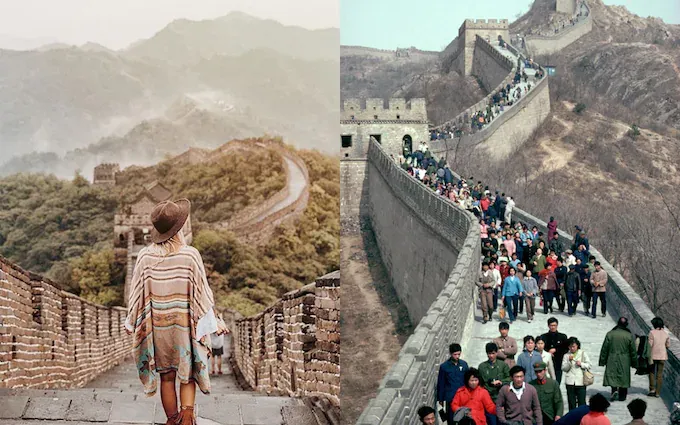
First, let's talk numbers, because, in the age of social media, numbers are all that seem to matter. Did you know that over 40% of millennials choose their travel destinations based on how "Instagrammable" they are? Yes, we're talking about thousands of people making decisions that involve significant time, money, and effort based on the number of likes a sunset picture might get. This is not just a passing trend; it’s a full-blown movement. According to a study by Schofields Insurance, millennials care more about how good a destination looks on Instagram than its cost or even its safety. Let that sink in for a moment.
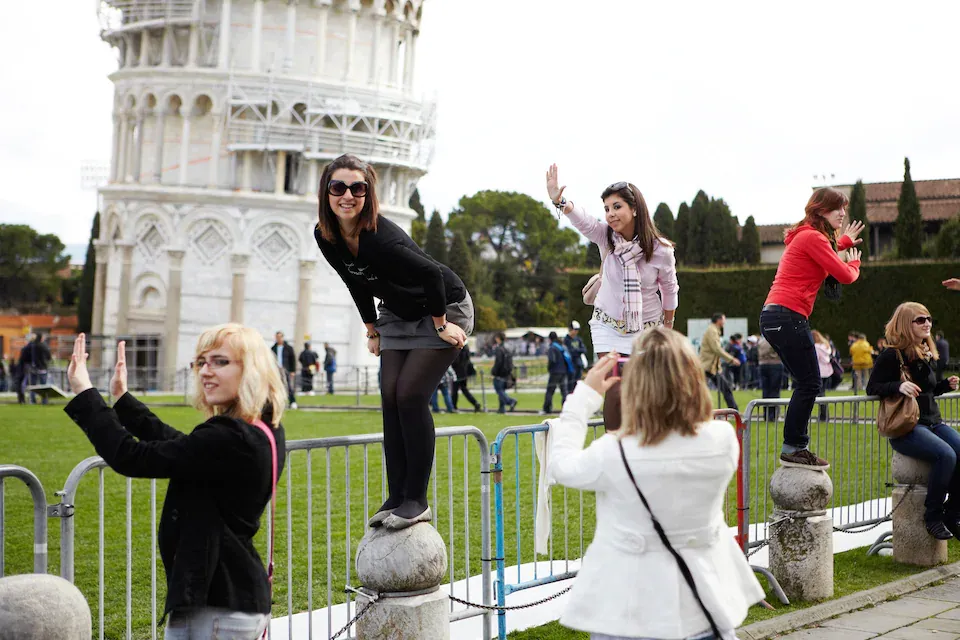
Now, before we all get too smug, remember that this obsession with perfect Instagram shots is not confined to a small group of narcissists. It’s spread like wildfire, and its impact is profound.
Take Iceland, for instance—a country that saw a 400% increase in tourism in less than a decade, driven largely by Instagram.
Once an isolated, tranquil paradise, Iceland is now a popular backdrop for influencers striking poses in front of glaciers that are rapidly receding, thanks in no small part to the carbon footprints left behind by the very planes that brought these influencers there. Funny how no one seems to Instagram that part.
Speaking of footprints, Instagram isn’t just bad for your travel experience; it’s terrible for the environment. The desperation to recreate the perfect shot has led to environmental degradation on an alarming scale. Take the case of the famous tulip fields in the Netherlands. Once a peaceful, picture-perfect display of nature’s beauty, these fields have become trampled wastelands. Tourists, desperate to get that perfect shot, have ignored signs, jumped fences, and destroyed the very flowers they came to admire. As a result, some farmers have been forced to shut their fields to the public entirely, all because people couldn’t resist the urge to post a picture with the hashtag #TulipSeason. If that isn’t ironic, I don’t know what is.
Then there’s the Venice situation—another prime example of Instagram's destructive influence. Venice has always been a tourist hotspot, but Instagram has turned it into something resembling a theme park. Tourists flock to the city to snap pictures of themselves on the Rialto Bridge or in Piazza San Marco, often oblivious to the fact that their presence is contributing to the very destruction of the city they’ve come to admire. Overcrowding has become such a problem that Venice is considering charging visitors an entry fee. The city is sinking under the weight of its popularity—quite literally—and Instagram is a major culprit.
But let’s not forget the impact Instagram has on the tourist experience itself. The pressure to capture and share every moment is overwhelming. We’ve all seen it: people who spend more time curating their feed than actually enjoying where they are. Instead of soaking in the atmosphere, they’re busy finding the perfect angle, applying filters, and writing captions that will maximize engagement. Travel used to be about discovering new places and immersing oneself in different cultures. Now it’s about performing for an invisible audience.
This brings us to the absurdity of "social media tourism."
Imagine traveling halfway across the world, not because you’re genuinely interested in the destination, but because it’s trending.
A study by Expedia found that 67% of travelers visit a destination they saw on social media. This isn't exploration; it’s following the crowd. Even worse, this has led to the glorification of certain sites while equally beautiful and culturally rich places are ignored. If it’s not on Instagram, it might as well not exist.
Instagram has also turned tourists into amateur stunt performers. The pursuit of the perfect shot has led to countless injuries and even deaths. People have fallen off cliffs, been swept away by waves, and have had other tragic accidents, all for the sake of a few likes. A study published in the Journal of Family Medicine and Primary Care found that between 2011 and 2017, there were 259 selfie-related deaths worldwide. That’s not just tragic; it’s ridiculous. Remember when the biggest danger of taking a photo was developing red eyes?
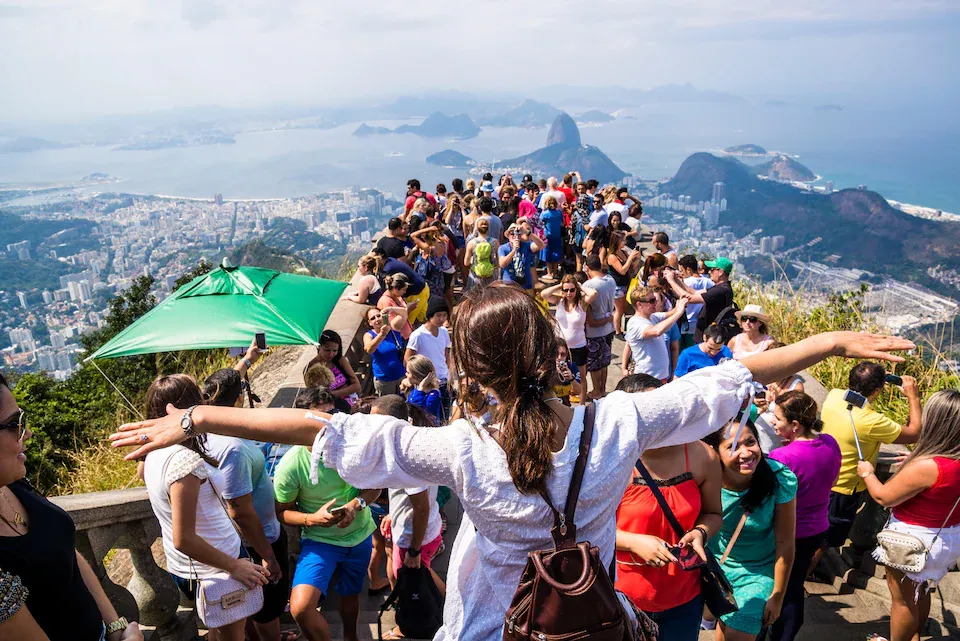
Even when Instagram doesn’t lead to outright danger, it can still rob you of the joy of travel. The need to constantly document your experience changes the way you interact with your surroundings. Instead of living in the moment, you’re curating it for an audience. And it’s not just about the pictures. The rise of influencers means that many of the experiences you see on Instagram are staged, with brands paying for posts that make destinations look more luxurious, serene, or exciting than they really are. When you arrive and discover that the “secluded beach” is actually packed with tourists, it’s hard not to feel duped.
But it’s not just tourists who suffer; local communities do too. As Instagram-friendly destinations become more popular, they also become more expensive. Property prices skyrocket, local businesses are pushed out in favor of chain stores that cater to tourists, and the cultural authenticity of the area erodes. This process, known as gentrification, is accelerated by social media. A study by the National Bureau of Economic Research found that Airbnb alone is responsible for a 0.018% increase in rent in the United States each year, with the impact even greater in tourist-heavy areas. The Instagram effect amplifies this by driving tourists—and therefore, more Airbnbs—to certain areas, displacing locals in the process.
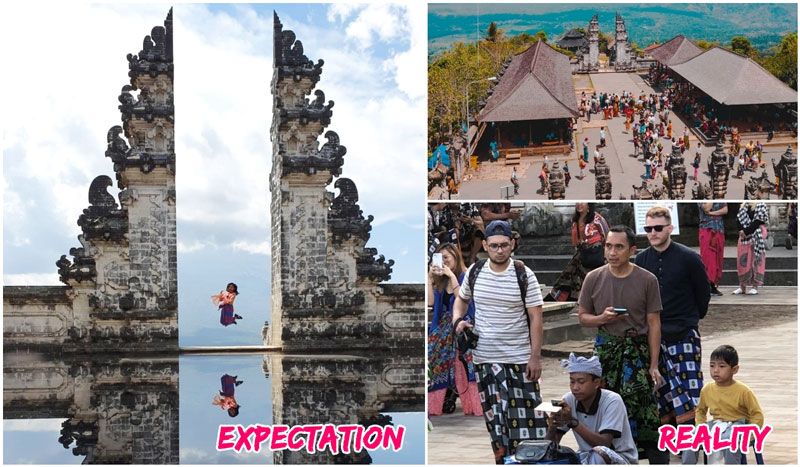
And let’s not even get started on the influencer economy. Influencers often receive free trips, accommodations, and other perks in exchange for posting about a destination. This means that the places you see on their feeds are often those that have paid the most, not those that are the most worth visiting. And while this might be great for the influencer's bank account, it’s not so great for the rest of us. We’re being sold a sanitized, commercialized version of travel that prioritizes profit over experience.
But hey, maybe the joke’s on us. While we’re busy trying to show the world how amazing our lives are, we’re missing out on the actual experience of living.
Instead of coming home with stories of adventure and discovery, we’re coming home with a phone full of photos we’ll never look at again.
And in the process, we’re contributing to the destruction of the very places we claim to love. If that’s not irony, I don’t know what is.
So, what can we do about it? Well, for starters, we could all try putting our phones down and actually enjoying the places we visit. We could focus on experiencing rather than documenting, on discovering rather than performing. And maybe, just maybe, we could leave some places as they are, without feeling the need to broadcast them to the world.
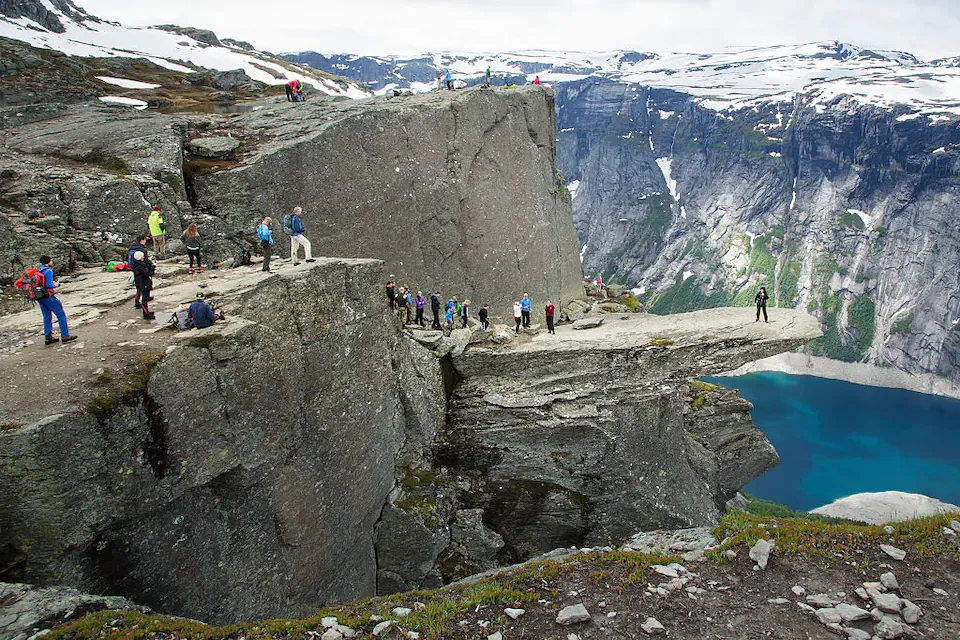
In the end, Instagram is just a tool, and like any tool, it can be used for good or for ill. It has the potential to connect us with new places, people, and cultures. But it also has the power to disconnect us from the very experiences that make travel worthwhile. The choice is ours. Do we want to be tourists who engage with the world, or tourists who merely perform for it? The answer might just be the difference between a trip worth taking and one that’s best forgotten.

As much as Instagram has brought some beauty and inspiration into our lives, it’s also brought a wave of inauthenticity and destruction. It’s making us worse tourists, and the sooner we realize that, the sooner we can start reclaiming the true essence of travel.
Let's make our journeys about more than just the perfect shot—because the real world, messy as it may be, is far more interesting than anything we can capture in a square frame.
Addtl References:
